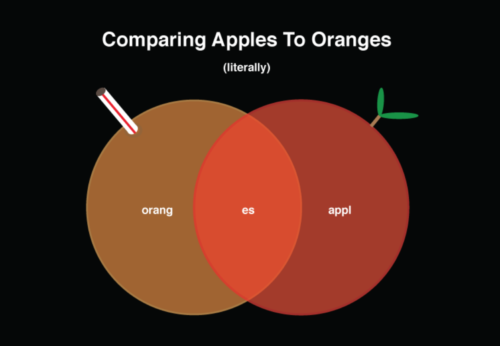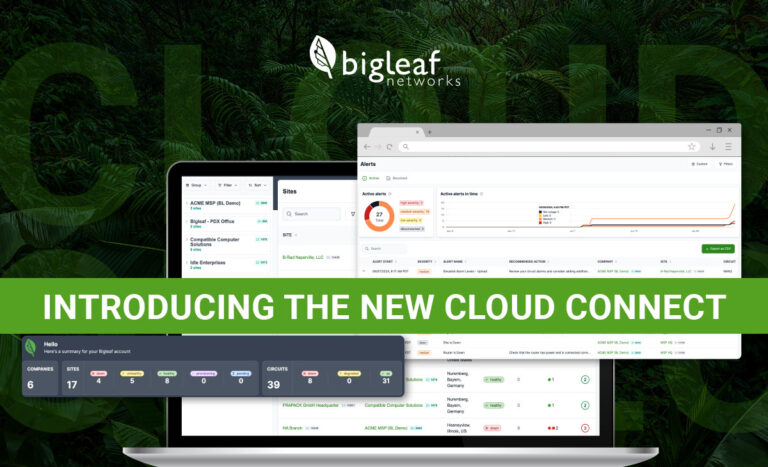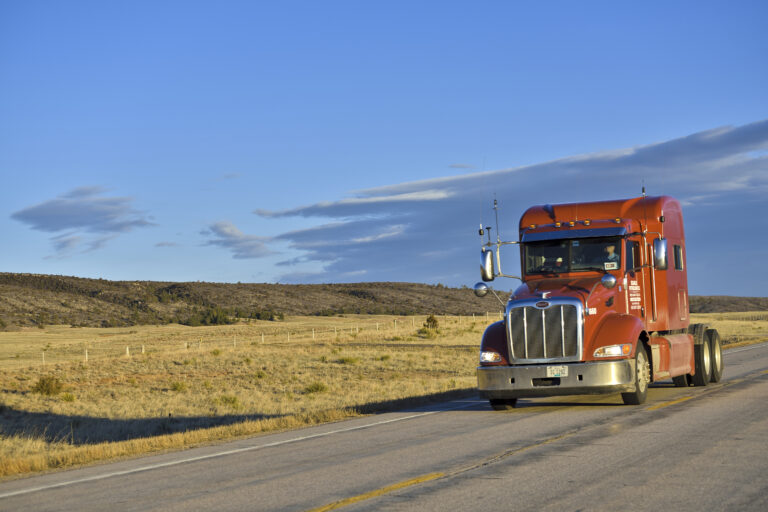
With all the industry excitement and fervor around SD-WAN, I feel compelled to leave my own mark by addressing one of the most exciting aspect of SD-WAN — Price Comparison! I know this might not be the sexiest thing to talk about in the fastest growing sector of telecom, but it’s very important. It’s also something many of our partners and customers see as a Bigleaf advantage, and something we need to do a better job of highlighting. So, here we are.
At the surface, our pricing model looks very similar to that of other SD-WAN service providers and 3rd party carriers. However, upon closer examination, there is a significant differentiator that must be factored in when comparing Bigleaf to other options in the market.
How does Bigleaf Pricing Work?
As we’ve probably shared with you in the past, our team’s background and foundation is rooted squarely in the telecom industry. We don’t come from the network hardware world. I jokingly tell people I can’t tell you the cheapest place to buy RAM in China, but I can share my many experiences in dealing with customers who’ve experienced issues with their voice or Internet services.
This telecom background and mindset drove our pricing convention of offering Bigleaf as a monthly service with package pricing determined by symmetric speeds, similar to the way in which SLA-backed Internet services are offered. When looking at a Bigleaf quote or speed package, note that the listed speed is symmetric and supported in both directions. In plain English, when we say 50Mbps Bigleaf package, we mean both 50Mbps upload and 50Mbps download.
How is that any different from others?
In comparison, most of the SD-WAN industry (not including 3rd party resellers like ISPs and carriers – but rather the people who are actually developing SD-WAN platforms and technologies), come from a hardware development background. If you are looking, they probably do know where to find cheap RAM in China!
As expected, their pricing convention follows common hardware industry trends of quoting aggregate speed, or as some say “total horsepower”. So, their pricing is the sum of both upload and downloads speeds at the same time. Again, in plain English, when they say 50Mbps SD-WAN package, that’s a combination of both upload and download speeds totaling up to 50Mbps (i.e. 40Mbps down + 10Mbps up = a 50 Mbps package).
What does this mean for me?
To help clarify this differentiation and further drive home our commitment to providing a finished service, we have updated our pricing to clarify that our speeds are symmetric. For example, we have changed our 100Mbps package labeling to a 100Mpbs/100Mbps package.
Please take note of this when quoting or reviewing Bigleaf services. Again for example, when reviewing options from multiple SD-WAN providers, a more accurate comparison would be Bigleaf’s 50Mbps/50Mbps solution to other’s 100Mbps option. While we happen to think one pricing convention is significantly better than the other, we’ll leave the final determination up to you. We just want to make sure you aren’t comparing apples to oranges!







